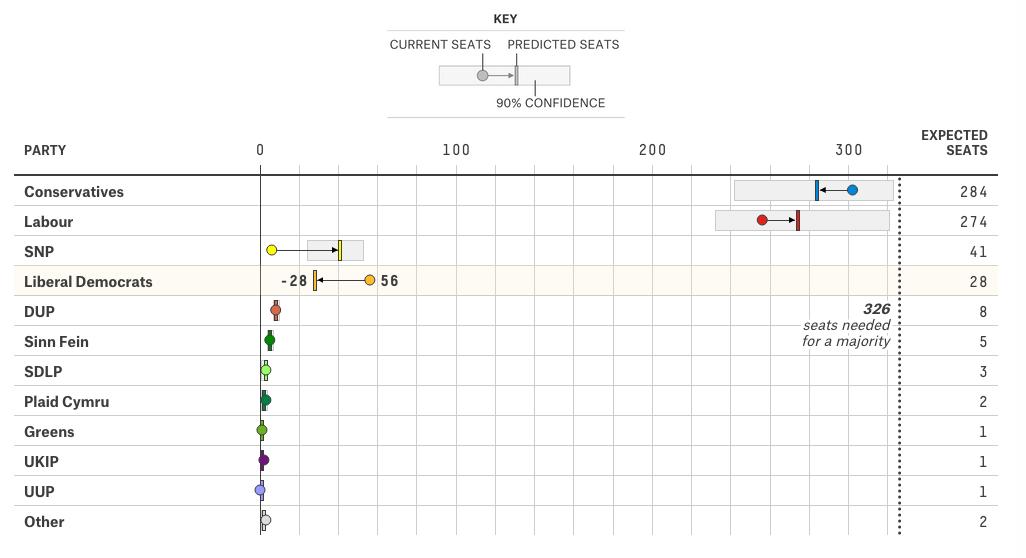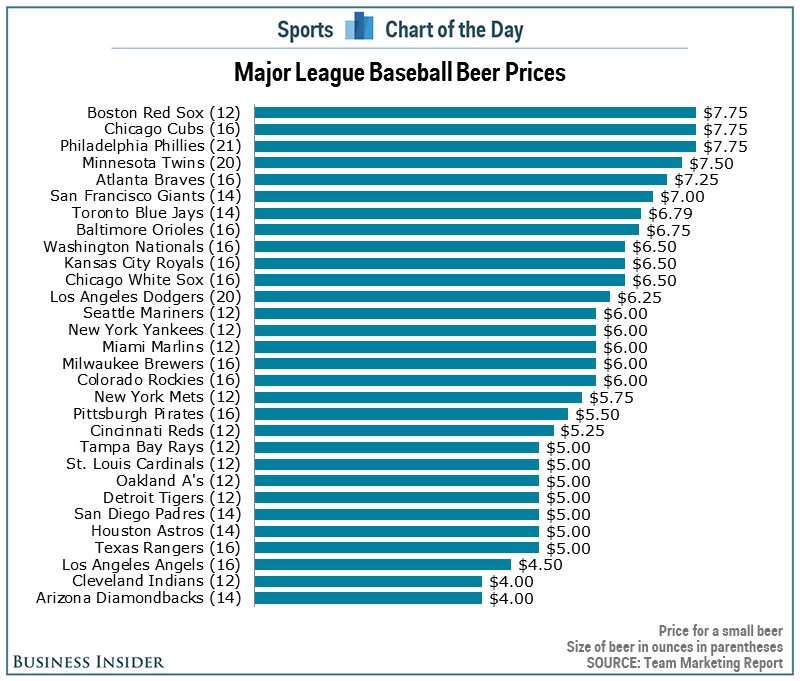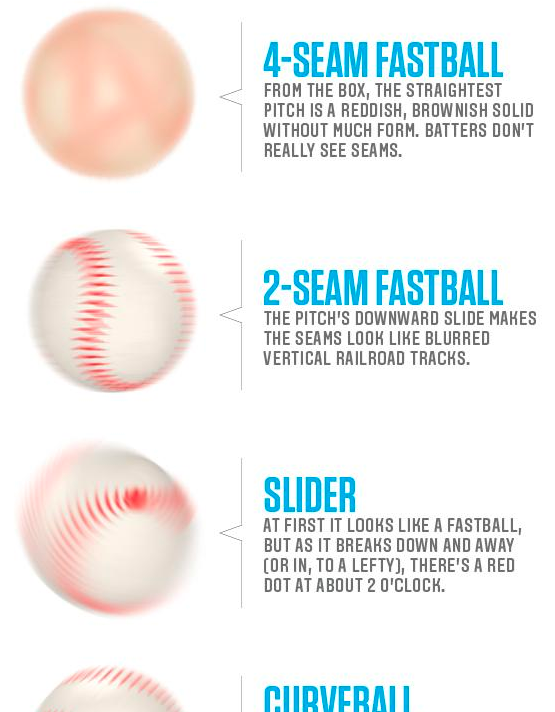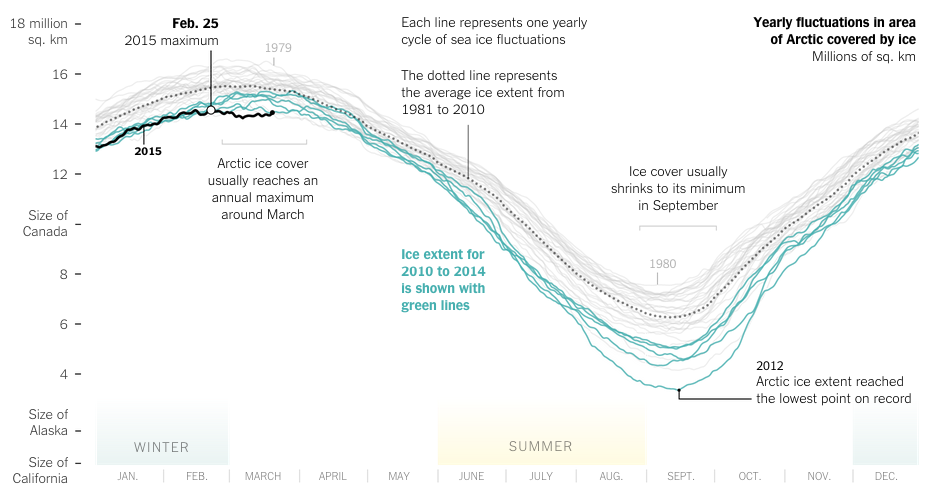As Massachusetts and Maine celebrate Patriots’ Day, the Boston Red Sox are set to play their earliest game of the year with an 11.00 start time. (Yes, there is also a marathon today.) So after two weeks or twelve games, the question people want answered is what Red Sox do we get this year? FiveThirtyEight looked at what they called roller-coaster seasons of late, primarily using a box plot graphic to show just how much whiplash Boston fans have endured of late.

So who are the Red Sox this year? The cellar dwellers of 2012 and 2014? Or world champions like in 2013? Who knows?
Credit for the piece goes to Neil Paine.









